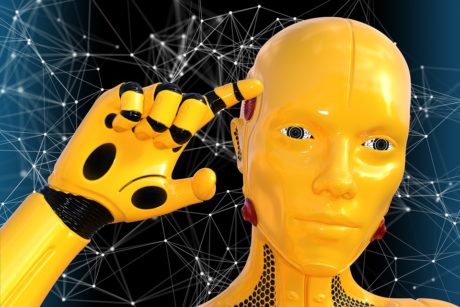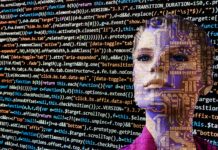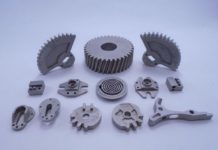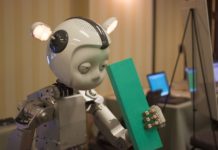by Guido Belforte –
According to various sources, automation in its most evolved form and anthropomorphic robotics are indicated as very promising instruments to solve problems that might hardly find solutions with different technologies. This entire ambit is also identified as an important business in the next future. On this belief are based all the activities concerning the introduction of the artificial intelligence in robotics, the study of domestic robots and of companion robots, the various attempts of conferring in some ways typical characteristics and properties of human beings to machines.
These activities, quite of niche and exclusive kind, which almost go beyond the normal research, show some contradictions with other aspects of the world life, for instance the phenomena of massive migrations of populations that can cause unbalances and various problems. As always, in human activities there are different aspects of a complex reality, which cannot be simplified beyond certain levels and reduced to single paradigms.
The two worlds we have previously mentioned, the one of a high-level technology and the one of poor populations, are part of the same reality and have already had the opportunity of coexisting and dialoguing, in a not too distant past. We go back to the Nineties, years when robotics had already overbearingly consolidated in industry, with robots able to carry out already very complex but repetitive tasks, with countless installations in mass production lines, typically in the automotive and household appliance sectors. Already at that time emerged the problem of further possible developments for a mature technology in the mass industry that intended, however, to extend its potentialities in new fields. Agriculture appeared as the ideal field; operating in a non-structured environment was an exciting challenge. Several activities were carried out on the collection of fruit and vegetables, with versatile prototypes, with discrete successes and good prospects in various parts of the world, especially in the United States. However, there were no further developments. The availability of low-cost labour, in many cases seasonal and coming from abroad, in addition to strictly economic considerations, discouraged the activities.
Automation and man are still the two protagonists of a constant development of the human society, where they should not be competing subjects but instead subjects strictly cooperating each other. The human work should never compete with automation, irrespective of its level. Until now, history has taught us that the developments of technique have displaced operators’ activities towards new professionalisms and have brought, in the medium-long term, some good advantages to the whole society. Man is and must remain the undisputed protagonist. Man and machine must profitably coexist, with a point of balance that results in the enhancement of the characteristics of each of the two subjects.
Automation and robotics are just technological means to fulfil some determinate targets; automation is never “intelligent”, because it repeats and executes what has been previously programmed and, even if it seems to make certain choices, actually it applies only what it was told to use. If therefore we give up the illusion of having creative machines (typical human activity) we could match human operators and useful and versatile robotics and automation to facilitate their tasks, improving work environments and activities, where there is already the presence of collaborating robots that interact with man without problems, besides having useful tools in domestic, medical and assistance field.



